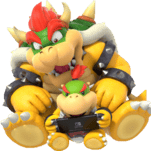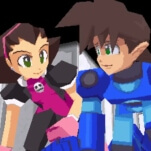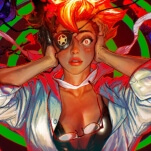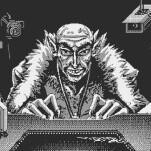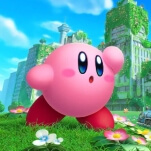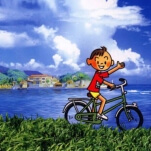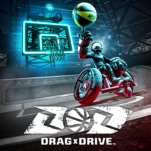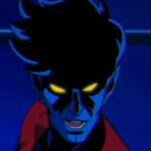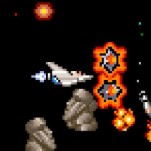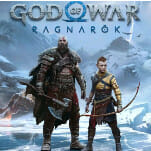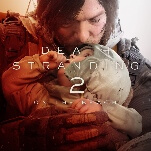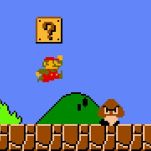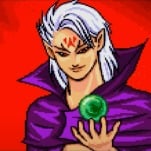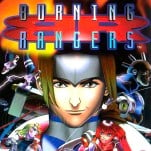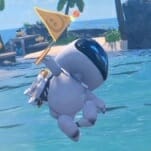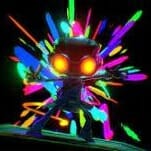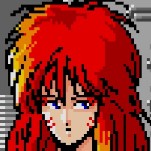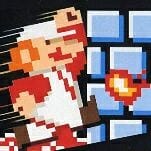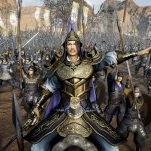7 Ways the Wii U Didn’t Fail Us

It’s been two months since Nintendo launched their new home console, the Switch, which has been met with a waterfall of positive reception and almost instant sellouts whenever a store gets it in stock. It’s helped Mario Kart 8 Deluxe become bigger than it ever was on the Wii U, and social media feeds are still packed with The Legend of Zelda: Breath of the Wild commentary. And in the ominous shadow of all this success a new trend echoes across the internet: “This makes up for the failure of Wii U.”
The Wii U has made its home in the negative light. The launch titles for the Wii U weren’t as groundbreaking as Breath of the Wild, but launching a console with any Legend of Zelda title blasts any numbers off the charts and up into space. Not hitting with a big Zelda or Mario game didn’t make the Wii U a failure, and the system had a number of amazing titles. The hardware was a welcome upgrade from its predecessors. And we all survived the Wii and its eventually shoddy motion controls, so give the Wii U a break.
Like Mario Kart 8 Deluxe, I’m here to remind you of all the good things we got out of the Wii U, starting with one major change.
1. The World of HD
When the Wii U was released on November 18, 2012, it was the first Nintendo console to support HD graphics. Sony and Microsoft had already made the leap into HD gaming when the Wii was released in 2006, which made the Wii’s immediately look old. The Wii U was the first time we got to see Mario, Link and friends in HD, and while late in the game, that’s worth noting.

2. No More Motion Controls
At a time when Dance Dance Revolution still ruled arcades, it made sense that Nintendo would want to get its players moving when designing the Wii. The concept behind the motion controls looked great on paper-and one of the few games that made it work well, Wii Sports, created a legitimate mainstream phenomenon—but the controls were clunky at best. They worked okay for some minigame collections, including the fine sequel Wii Sports Resort, but when it came to games like The Legend of Zelda: Skyward Sword, Link attacked by baton-spinning his sword into opponents. Mario Kart Wii would ram Yoshi off the Rainbow Road. The motion controls were a barrier between the player and the game, and thankfully Nintendo threw all of this out the window for the Wii U.
3. The Gamepad
Motion controls were replaced with a gamepad which included a touch screen and a stylus. The Wii U had become a giant DS. This allowed for some innovative in-game opportunities such as creating blocks to help players get over large gaps in New Super Mario Bros. Wii U by tapping the touch screen. It also made local multiplayer easier on the eyes, splitting two views between the TV and the gamepad. (Those Goldeneye days are long in the past). Most importantly, if a TV was unavailable, the player could turn on the Wii U and play it via the Gamepad.
-

-

-

-

-

-

-

-

-

-

-

-

-

-

-

-

-

-

-

-

-

-

-

-

-

-

-

-

-

-

-

-

-

-

-

-

-

-

-

-











